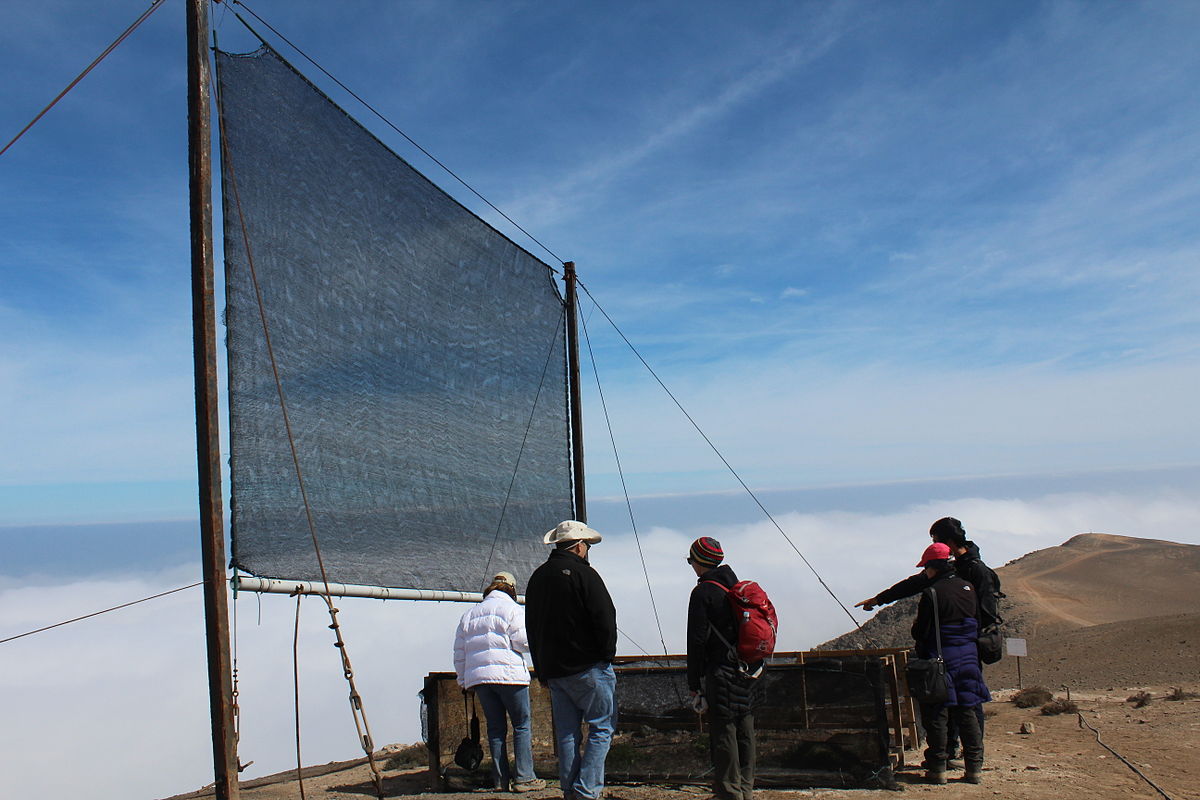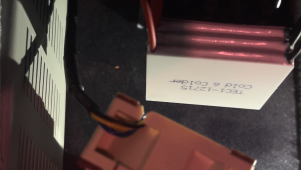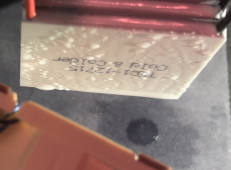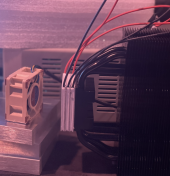Rider
Solar Addict
Cistern with a rainwater collector?
Old-time cisterns are typically underground concrete-lined holes and have a sand/filtration system above them (Fort Jefferson, Dry Tortugas National Park has one, rain-water is filter through sand from the top of the fort's walls). I don't know enough about modern ones and should probably look into it. Biggest problem here (other than digging) might be salt-water flooding. The same thing for a well, there is a fresh-water bubble floating over the salt-layer underground, but it's so thin it's hard to use.Cistern with a rainwater collector?






0:00 power applied 6V 1.7A
1:34 shimmer of condensation begins
2:00 visible layer of condensation forming
5:00 droplets start to combine and become larger
10:00 droplet size peaks and dripping cascade begins
12:00 water has begun to accumulate along bottom edge
13:45 first droplet falls off peltier
17:21 second droplet falls
20:16 third droplet falls
24:18 fourth droplet falls
28:30 fifth droplet falls
32:29 sixth droplet falls
33:00 concluded test
The principle of the process is as follows: hygroscopic brine – saline solution which absorbs moisture – runs down a tower-shaped unit and absorbs water from the air. It is then sucked into a tank a few meters off the ground in which a vacuum prevails. Energy from solar collectors heats up the brine, which is diluted by the water it has absorbed.
Because of the vacuum, the boiling point of the liquid is lower than it would be under normal atmospheric pressure. This effect is known from the mountains: as the atmospheric pressure there is lower than in the valley, water boils at temperatures distinctly below 100 degrees Celsius. The evaporated, non-saline water is condensed and runs down through a completely filled tube in a controlled manner. The gravity of this water column continuously produces the vacuum and so a vacuum pump is not needed. The reconcentrated brine runs down the tower surface again to absorb moisture from the air.

Water and a snack as wellFrom what Jamie did, it doesn't work all that well. Plus if I left it unattended the squirrels and iguanas (who are thirsty too) would probably drink it up.


